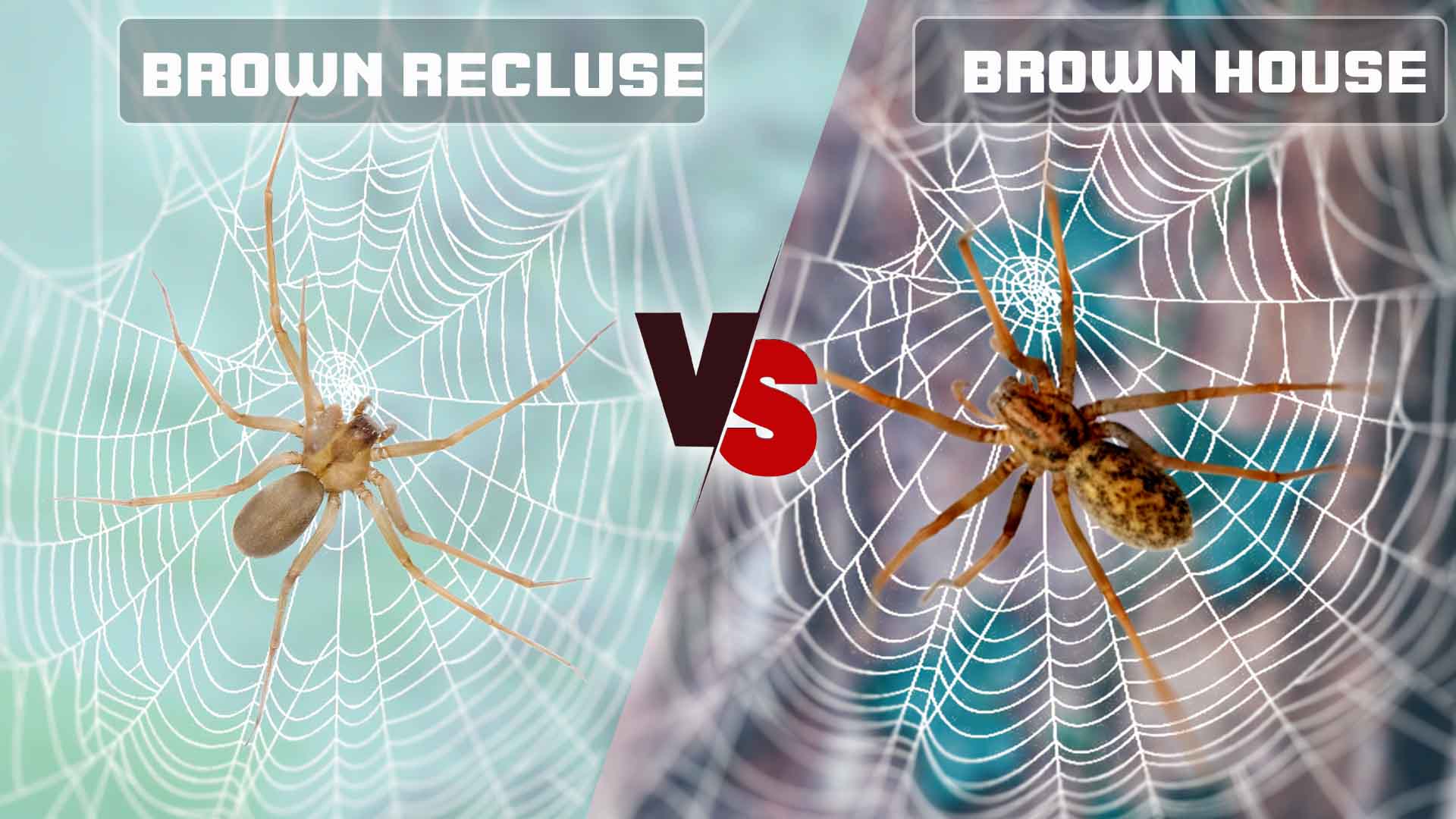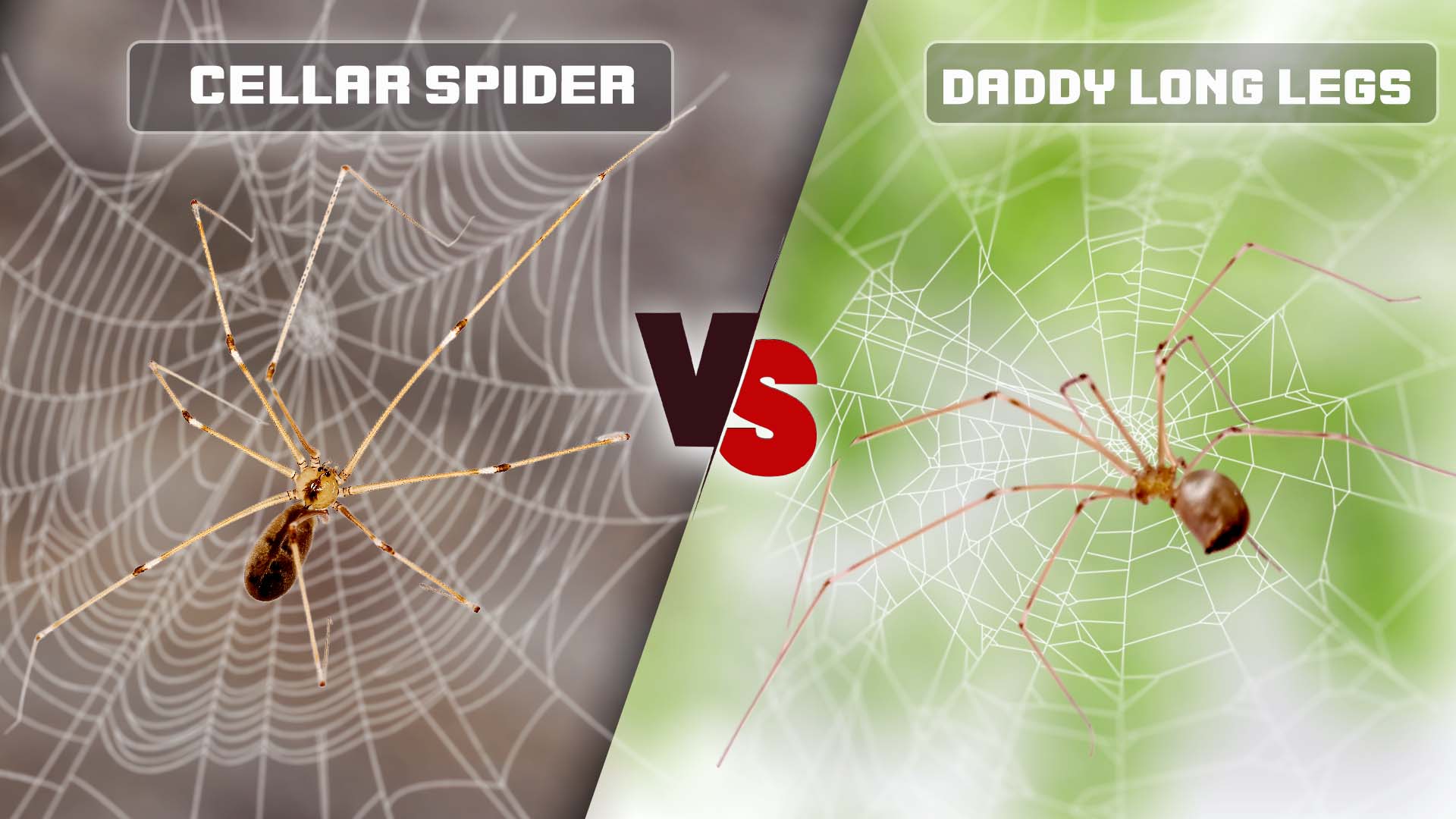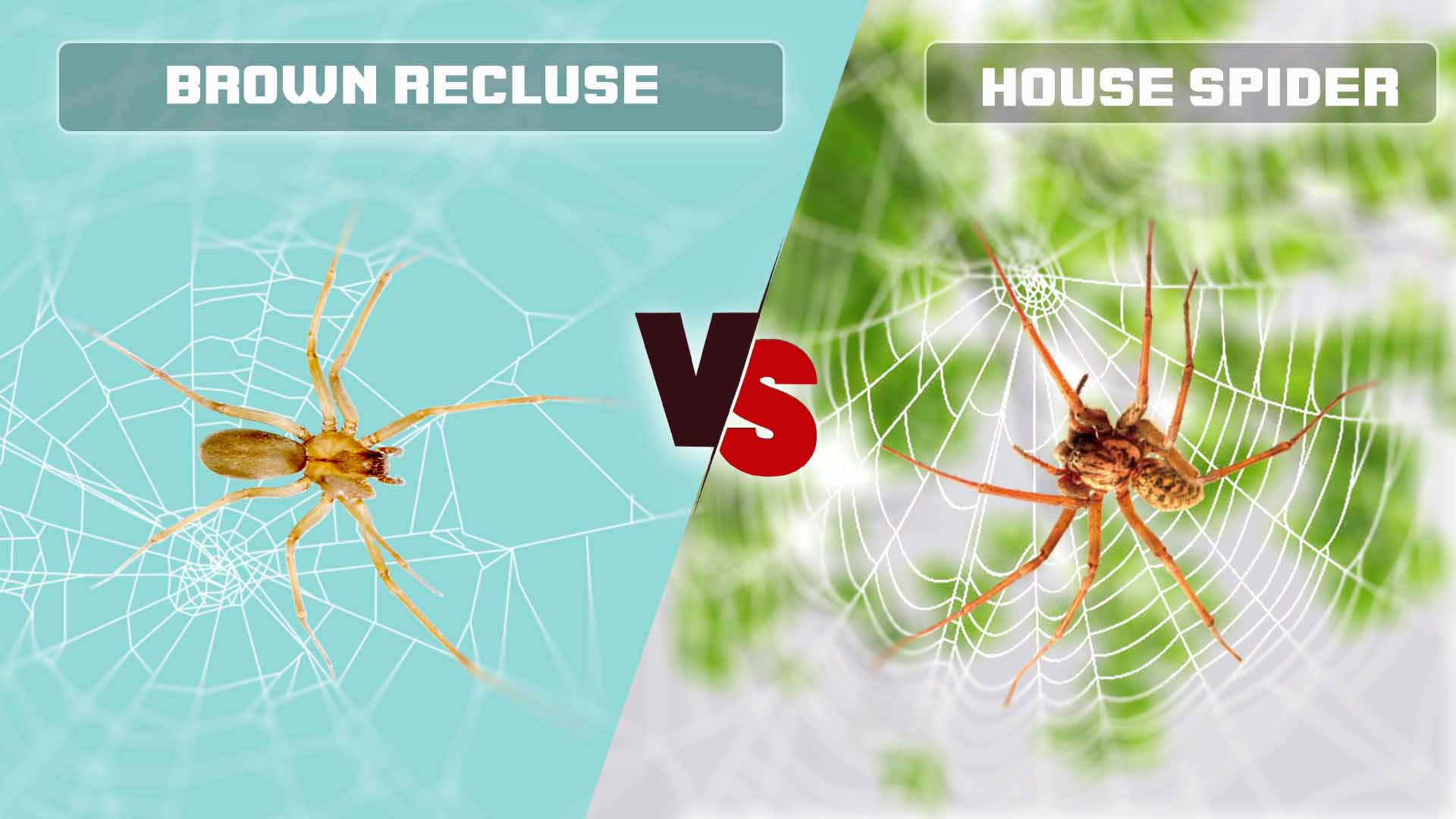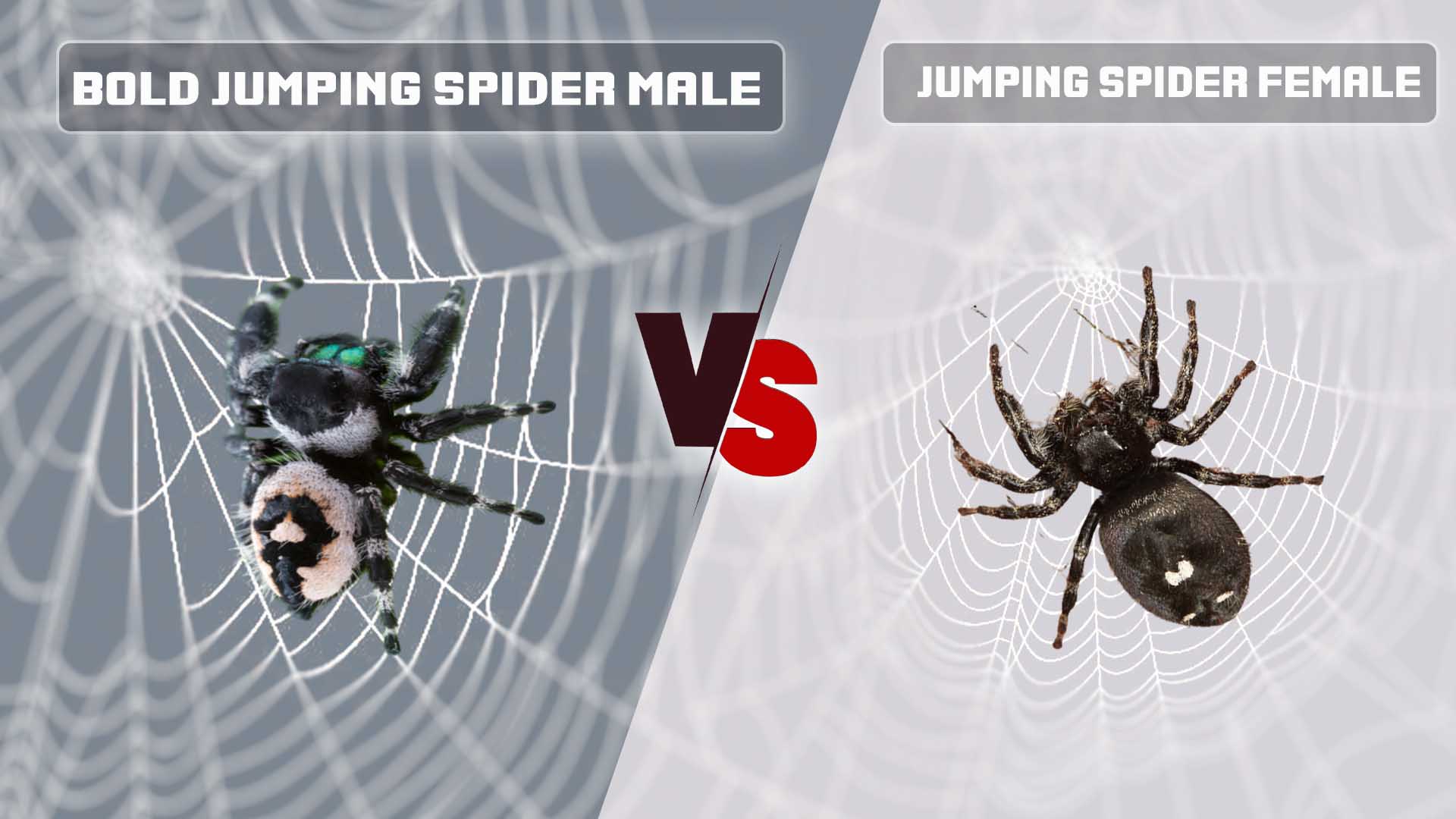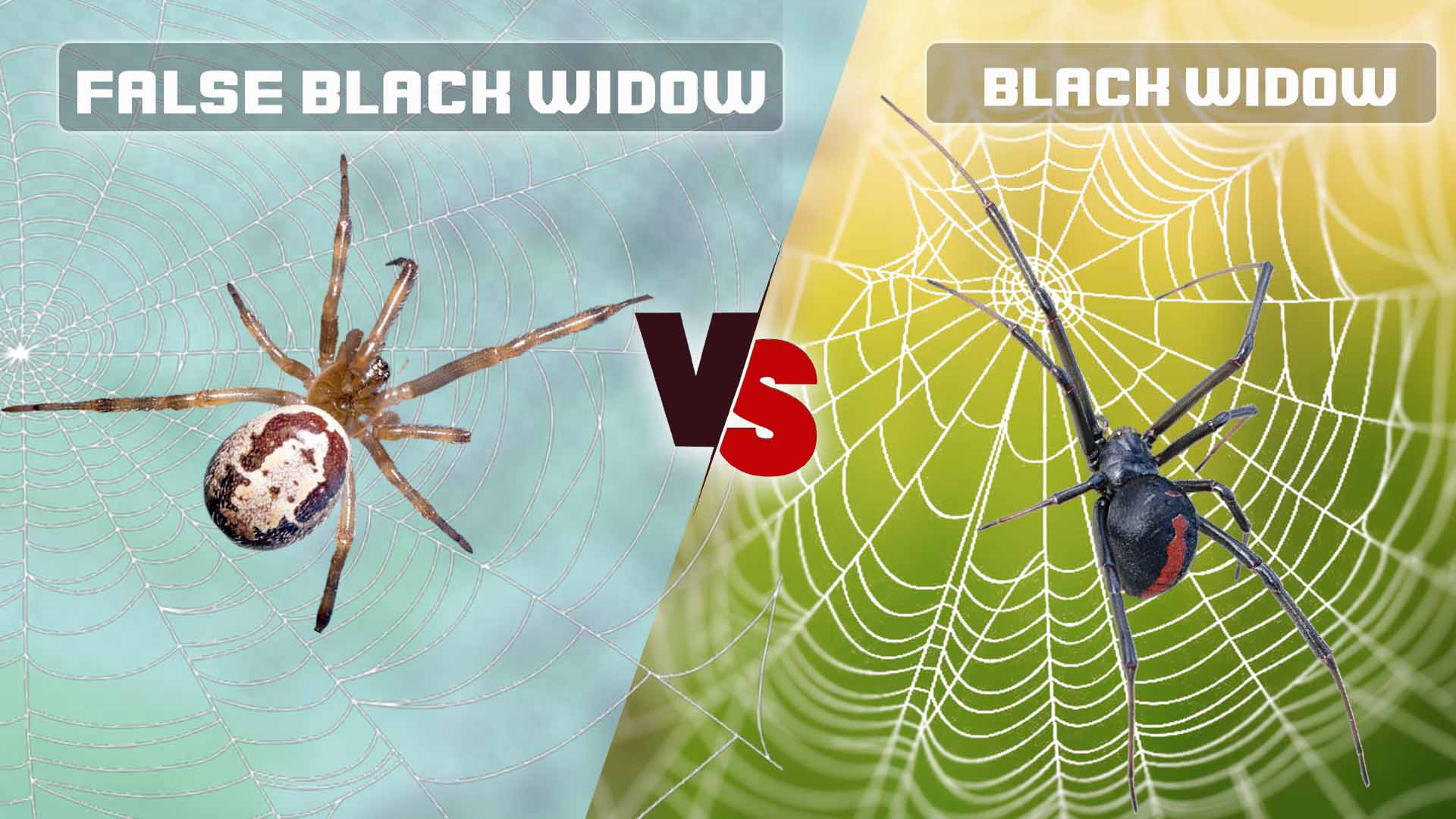Spiders are intriguing creatures that come in various shapes, sizes, and colors. Two commonly mistaken spiders are the Brown Recluse and the Brown House Spider. Despite their similar names, these two arachnids have distinct characteristics that set them apart.
In this article, we will delve into the differences between the Brown Recluse and the Brown House Spider, covering various aspects such as size, coloration, abdomen shape, leg length, web-building habits, behavior, and lifespan.
By the end of this article, you will have a comprehensive understanding of how to differentiate between these two often-confused spiders.
Differences Between Brown Recluse and Brown House Spider
The Brown Recluse and Brown House Spider are often confused due to their similar coloration, but they differ in toxicity and behavior. Brown Recluses possess a potent venom that can cause severe reactions, while Brown House Spiders have a milder venom and are less harmful.
Size Differences:
One of the primary ways to distinguish between the Brown Recluse and the Brown House Spider is their size. The Brown Recluse (Loxosceles reclusa) is relatively larger, with an adult body length ranging from 6 to 20 mm. On the other hand, the Brown House Spider (Steatoda grossa), also known as the cupboard spider, is generally smaller, with adult body lengths ranging from 4 to 10 mm. This difference in size is a crucial starting point in identifying these spiders.
Coloration Differences:
Both spiders share the word “brown” in their names, but their coloration varies. The Brown Recluse has a distinct violin-shaped mark on its cephalothorax, which is the body part to which the legs are attached. This mark is usually darker brown and can be helpful in distinguishing it from other spiders.
The rest of the Brown Recluse’s body is uniform in color, ranging from light tan to dark brown. In contrast, the Brown House Spider has a mottled appearance with various shades of brown and gray. It also often features a pale, light-colored stripe running down the center of its abdomen.
Abdomen Shape Differences:
The shape of the abdomen is another characteristic that sets these spiders apart. The Brown Recluse has a relatively uniform body structure, with a slightly flattened abdomen that lacks any prominent markings other than the violin-shaped mark on the cephalothorax.
On the other hand, the Brown House Spider has a rounder abdomen with a distinct pattern of light and dark markings on its dorsal side. This difference in abdomen shape aids in their differentiation.
Leg Length Differences:
Leg length can also provide valuable insights into distinguishing these spiders. The Brown Recluse typically possesses long, evenly sized legs relative to its body. These legs aid in its movement and hunting behavior. In contrast, the Brown House Spider’s legs might appear slightly shorter in comparison to its body size, and its legs might not be as uniformly long as those of the Brown Recluse.
Web Building Differences:
Web-building habits can further aid in identifying these spiders. The Brown Recluse is known for its irregular, messy, and loosely constructed webs. These webs are often found in undisturbed areas, such as basements, closets, and sheds. On the other hand, the Brown House Spider creates more organized, tangled cobwebs. These cobwebs are often built in corners, under furniture, and in other sheltered spots around homes.
Behavior Differences:
Behavioral differences are another crucial aspect in distinguishing between these spiders. The Brown Recluse is aptly named “recluse” due to its secretive and solitary nature. It prefers to remain hidden and is generally not aggressive unless provoked.
The Brown Recluse is nocturnal and hunts at night. In contrast, the Brown House Spider is more adaptable to human presence and can be found indoors. It is less reclusive and is known to be less venomous than the Brown Recluse.
Lifespan Differences:
The lifespan of these two spiders also varies. The Brown Recluse typically lives for about one to two years, while the Brown House Spider has a longer lifespan, ranging from two to three years. This disparity in lifespan can be attributed to their varying habitat preferences and behaviors.
Here’s a table summarizing the differences between the Brown Recluse and the Brown House Spider based on the aspects mentioned in the article:
| Aspect | Brown Recluse (Loxosceles reclusa) | Brown House Spider (Steatoda grossa) |
| Size | 6 to 20 mm (adult body length) | 4 to 10 mm (adult body length) |
| Coloration | Uniform light tan to dark brown | Mottled shades of brown and gray |
| Abdomen Shape | Slightly flattened, uniform | Round with light and dark markings |
| Leg Length | Long, evenly sized legs | Legs slightly shorter and uneven |
| Web Building | Irregular, messy, loosely constructed | Organized, tangled cobwebs |
| Behavior | Solitary, nocturnal, not aggressive | Adaptable to human presence, less venomous |
| Lifespan | About 1 to 2 years | About 2 to 3 years |
How to Identify the Recluse and Brown House Spider?
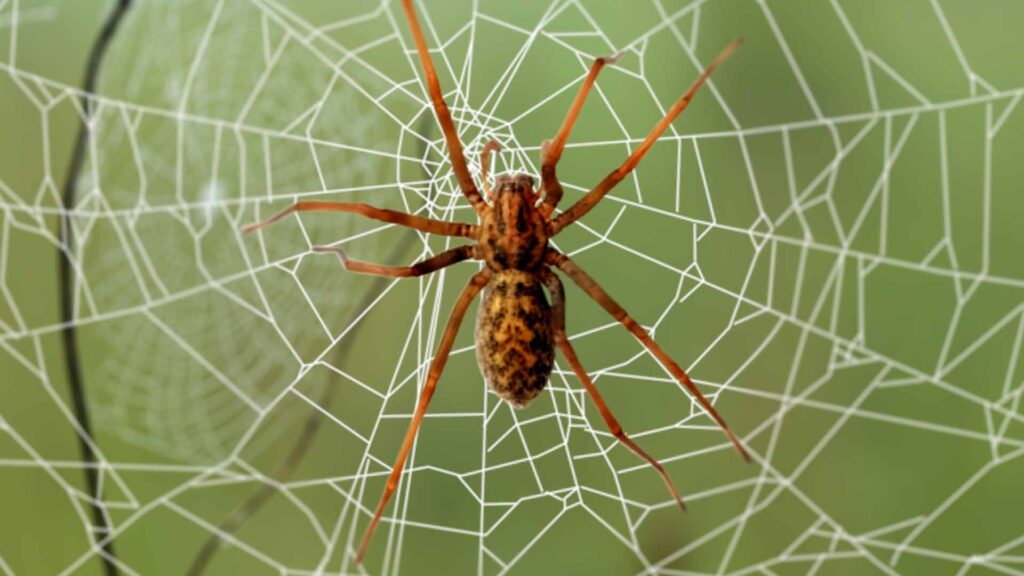
Identifying the difference between the Brown Recluse and the Brown House Spider requires a keen eye for detail. By closely observing the spider’s size, coloration, abdomen shape, leg length, web-building habits, behavior, and lifespan, you can confidently differentiate between these two arachnids. Remember that accurate identification is crucial, especially when dealing with potentially venomous spiders like the Brown Recluse.
Related article:
Conclusion
While the Brown Recluse and the Brown House Spider share some common traits, they exhibit several distinct differences that allow for proper identification. These differences extend to their size, coloration, abdomen shape, leg length, web-building habits, behavior, and lifespan. By familiarizing yourself with these unique characteristics, you can develop a clearer understanding of these spiders and their roles within their respective ecosystems.

